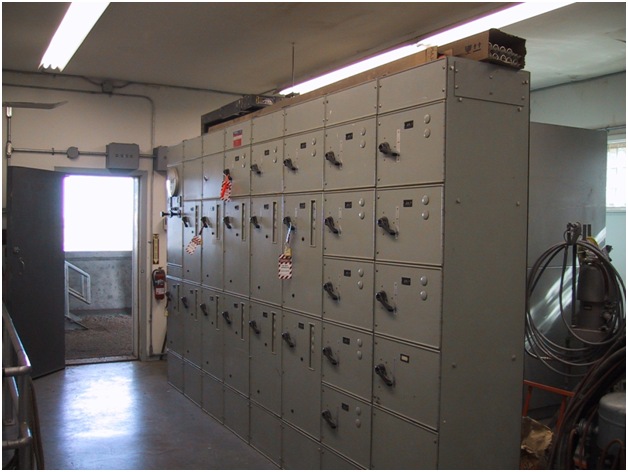
Electrical Control Components – A Beginner’s Guide
When appliances, engines and machinery need a replacement part or upgrade, most owners make the effort to find one. However, if the part is a PCB or other control component, they’re often deterred. Yet it’s just as practical to replace, repair or redesign these parts as any other.
Most control components fall into one of three categories: programmable logic controllers, control relays and timing relays.
PLCs
These circuit boards are cut-down computers, armoured to be robust under conditions of dust, vibration, moisture, heat or cold. They provide input/output ports for sensors and actuators so that systems can respond in real time to changing conditions according to programmable parameters. Inputs might be temperature, pressure, location, velocity, resistance or any parameter that can be measured. Actuators may be pneumatic or hydraulic in nature, solenoids or motors.
Control components never exist in isolation – they interlink with other electrical, pneumatic, hydraulic or mechanical parts. If you need a design, upgrade or repair, it therefore saves time and money to approach electrical control components manufacturers that offer a comprehensive service encompassing all of these areas, such as http://www.osmelectrical.com/.
PLCs are what people have in mind when they talk about “the internet of things” because these devices are increasingly accessed remotely and are subject to problems like hacking and viruses, like other computers (see, for example, https://www.tripwire.com/state-of-security/featured/ics-next-frontier-for-cyber-attacks/.
Timing Relays
Timers are used to turn other devices on or off at specified times. Industrial ones can differ in several ways from the ones at home. They don’t need to be 24-hour devices – machinery may just need to repeat at a regular interval round the clock or to switch a device on or off for a set period of time only after receiving a signal from some other component. In some cases, the on or off periods may be set by a complex variety of input factors.
Control Relays
These are the simplest type of electrical control component. A relay is an electrically controlled switch in which the circuit that opens and closes the switch is isolated from the circuit which is controlled by it. A typical purpose is to provide safe low-voltage control over a more dangerous high-voltage circuit.
In practice, there may be several outlets the relay selects between, and they may have status LEDs and so on.

Leave a reply